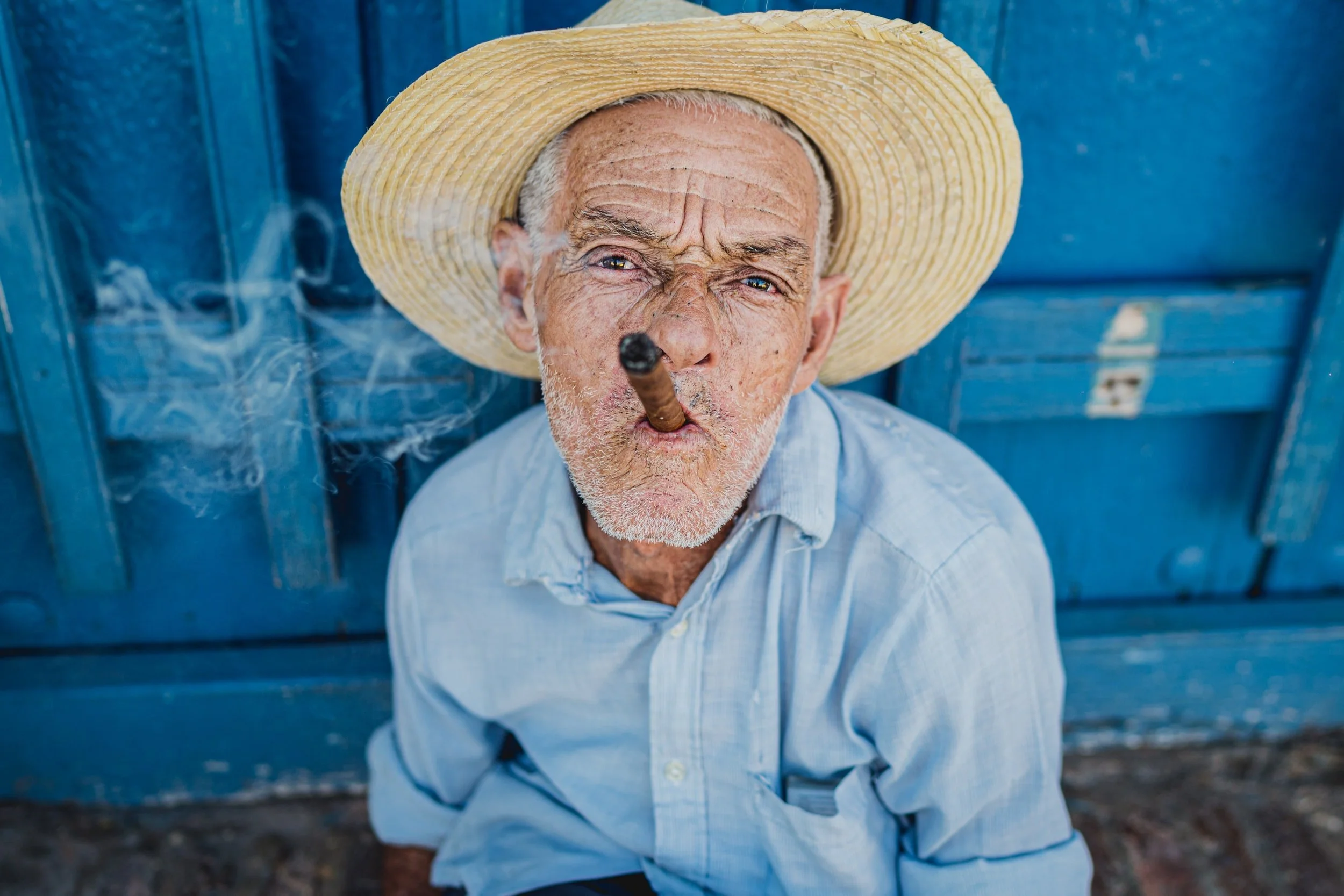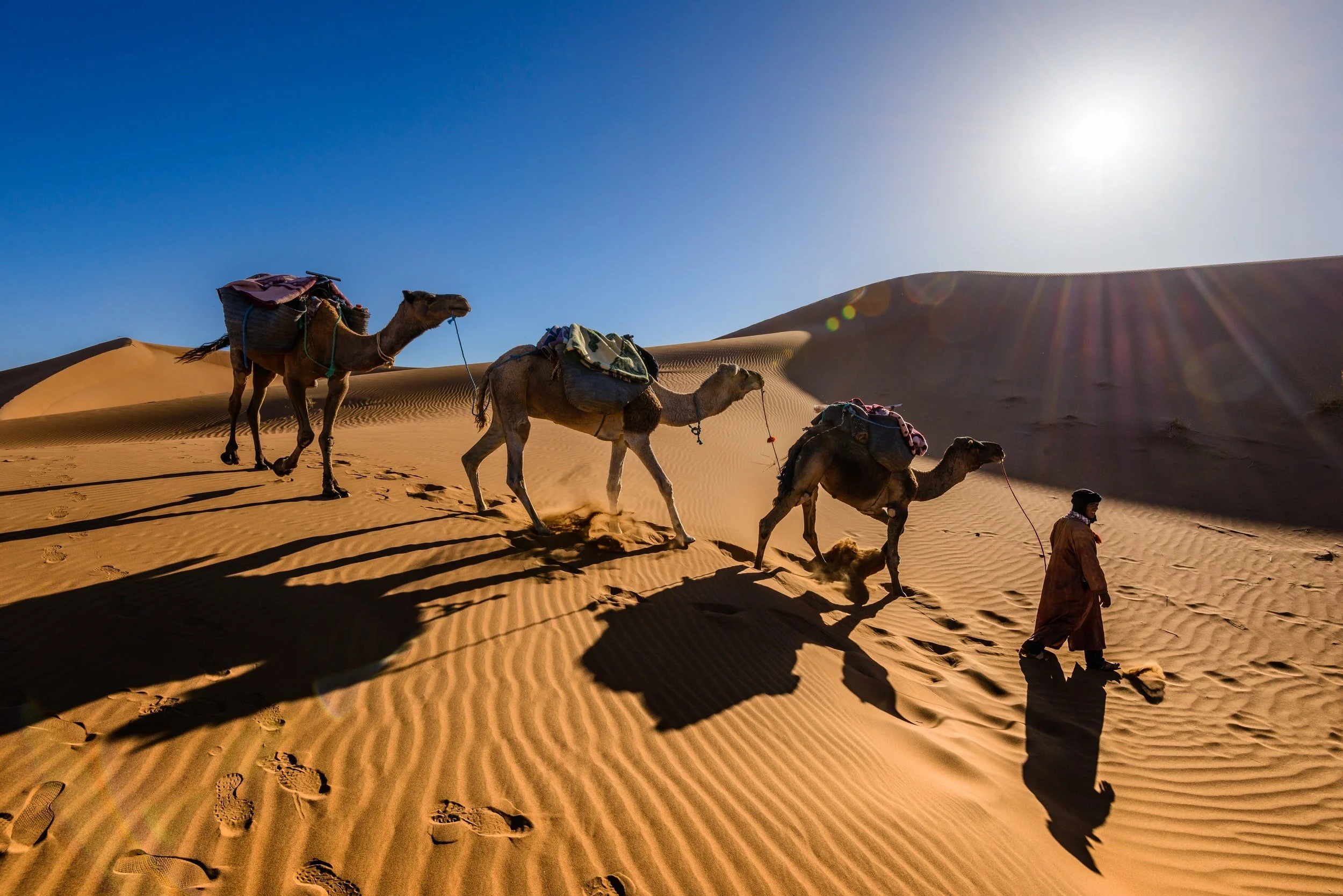Cuba Destination Guide
A country of wild idiosyncrasies and infectious passion, Cuba is unlike anywhere else on Earth, making it full of excitement for travellers. An island united by its revolutionary history, the iconography is everywhere, especially in the vibrant capital, Havana, where you’ll find rum, cigars, classic cars, crumbling facades and plenty of Che and Fidel posters. Whatever your pre-conceptions, they won’t come close to the reality, as there’s far more across Cuba to experience, from the tobacco farms of Viñales and the peaks of Granma to the raucous music clubs of Santiago. Cuba is an island of remarkable diversity that you’ll never tire of exploring.
Language: Spanish. Some English may be spoken in larger hotels and tourist zones.
Currency: Cuba has two currencies: the Cuban peso (CUP), which Cuban nationals use, and the Cuban convertible peso (CUC), which is used for tourism. As a tourist, it’s likely you’ll only come into contact with the latter. Cuban currency is not available outside the country, so take some cash to exchange at your arrival airport.
Getting to Cuba:
The majority of international flights arrive at one of four main airports: José Martí International Airport in capital city Havana, Juan Gualberto Gómez Airport in Varadero, Frank Pais Airport in Holguin and Antonio Maceo Airport in Santiago de Cuba.
However, there are many other destinations accessible with direct international flights, including Santa Clara, Cienfuegos and Cayo Coco.
Getting Around Cuba:
The Viazul bus connects most of the major provincial capitals in Cuba and is one of the most common ways for travellers to get around. Taxi collectivos (private taxis that run similar routes to the buses at a similar cost) are also useful alternatives. Note that a driver will only leave with a full car, so expect to get to know your fellow passengers during your trip.
Domestic flights are a possibility, and might be tempting for long distances, between Havana and Santiago, for example, but like its famous classic cars, Cuba’s planes are also pretty old and safety records are not great.
Car rental is your best bet if you want to explore remote parts of the country, but it can be expensive and a lack of clear signage can make this quite challenging, though sure to contain adventure.
When To Go to Cuba?
Cuba has a year-round tropical climate, which can roughly be split into dry (November to March) and wet (May to October) seasons. I
t is at its busiest during British summer time (July to August) and from December on to March.
From April to October, prices will be lower (except around Easter) but you can expect more rain, especially during the hurricane season, which runs from June to November. If you do travel then, bear in mind that Cuba has good infrastructure for dealing with any hurricanes.
Festivals/Events in Cuba:
In a country that loves a party, Santiago de Cuba’s Carnaval stands out for its passion, colour and, most notably, noise. Come the last week of July, the city’s streets morph into one giant celebration, as Santiago’s myriad cultures (Spanish, Jamaican, African and more) come together in a fusion of dazzling parades, wild dancing and incredible live music. This is one not to miss.
If music is your calling, Havana International Jazz Festival in mid-December shows off the island’s heavyweight jazz credentials with big-name acts and local talent.
As you might expect from one of the world’s last Communist countries, Cuba takes International Workers’ Day on May 1 very seriously. Up and down the island, it’s all pomp and propaganda as comrades take to the streets in enormous parades. The biggest celebration happens at Josi Marti Square in Havana, but similar events will take place all over Cuba.
Food & Drink in Cuba:
Cuba isn’t exactly renowned for its food. Trade restrictions and an aversion to spice make for a fairly simple cuisine. You’ll soon grow accustomed to a few main dishes. Roast pork or chicken accompanied with rice and black beans is a favourite, with ropa vieja (shredded beef) another national staple.
Given the island’s long coastline, fresh seafood is always a winner, and you’ll find lobster, shrimp and fish dishes on the majority of coastal menus.
When it comes to eating out, effectively you have two choices: state-run restaurants that vary wildly in quality or paladares, which are simple restaurants often run out of someone’s home. Generally, the latter offers the better food and a more authentic experience. That said, state control of the country’s dining scene has relaxed in recent years, allowing creative chefs to flourish, particularly in Havana and Trinidad.
What Cuba might lack in food, it makes up for tenfold in drink. Iconic cocktails the Daiquiri, the Cuba Libre, and, of course, the Mojito feature on almost every menu in the country, as well as in bars across the world. Sip seven-year-old Havana Club neat like the locals, drink Daiquiris in Hemmingway’s old haunts and accept that rum goes with absolutely everything, without exception.
Top 5 things to do in Cuba:
See the sights of Havana from a classic car
Hike in the footsteps of revolutionaries
Visit a tobacco farm in Viñales
Feel the music in Santiago de Cuba
Discover your favourite Cuban beach
For more information check out our Top 10 Things to do in Cuba.
Ultimate Luxury Experience:
Cuba’s long shoreline is fringed with white powder beaches and deserted idyllic islets. Off the southern coast, the Canarreos Archipelago is made up of over 300 pristine little islands, offering empty stretches of sand and seas so clear you’ll scarcely believe it’s a reality.
Hire a private catamaran and you’ll have this Caribbean paradise pretty much to yourself. Cayo Largo del Sur has some of the best beaches in Cuba and on Playa Tortuga. You may even see sea turtles laying their eggs.
Ultimate Family Experience:
Head to the wild swamplands of Cienega de Zapata, a world biosphere preserve packed with diverse wildlife, in search of Cuba’s last great predator; the endangered Cuban Crocodile.
At the Zapata Swamp Captive Breeding Farm, families can see infant crocodiles and learn about the conservation effort surrounding this extremely rare reptile. These huge wetlands are home to hundreds of bird species, including the pink flamingo, tropical fish and bizarre-looking amphibians.
What To Pack
For the beaches of Holguin, Varadero and the Cayos of the northern coast, you won’t need much more than a pair of flip-flops and beachwear. But if you’re planning on hiking in the Viñales Valley or the Sierra Maestra, a pair of decent trainers or boots are essential. Likewise, if you’re into climbing mountains, take a warm jacket.
Cuba can be fiercely hot so take a good hat and plenty of sun lotion. You will need a plug adapter as Cuban sockets differ from UK plugs. Take a few rolls of toilet roll for long journeys and emergencies.
WiFi is available in some public squares (you will need to get a coupon from an ETECSA kiosk), so a smartphone is useful if you need Internet access. Some hotels also have Internet, but it’s sketchy across Havana and the rest of the country.
Health & Safety:
Cuba is a safe destination, with low crime rates. The worst you’ll probably suffer is aggressive hassling from some jinteros (hustlers) trying to sell classic car trips or low-quality cigars (buy cigars from shops, rather than street vendors). Santiago has the worst of these, but generally a polite but firm “No” will do.
Like most places, a common-sense approach to safety should be adopted. Avoid making a show of expensive valuables, keep wallets and purses in safe places and avoid dark, deserted streets at night.
State-run restaurants have been known to overcharge tourists, ensure that your bill is itemised.
Always drink bottled water and avoid too much ice in your drinks.
Travel Tips for Cuba:
Get plenty of cash out where and when you can, especially if you’re planning to head into more remote areas. Besides major hotels, cards payments are not widely accepted and finding a working ATM can quickly become a saga.
Stay in a couple of casa particulares (B&B-style guesthouses, often a homestay) and listen to your host. In a country where the Internet is restricted and unreliable, word of mouth is still an important way to discover Cuba.
If travelling by Viazul bus, arrive at the station early as there is no way to book in advance and they fill up fast in high season. Some routes might only have a few buses per day, but if you fail to get a place on one, there’s usually a dozen taxi collectivos on standby.
Stay at…
Hotel Nacional de Cuba, Havana. This lavish art deco masterpiece stands on a cliff overlooking the Malecón and the Bay of Havana. A Cuban icon, the hotel has been open since the 30s and once had ties with the American mafia.
Eat at…
The trendy Tres Jotas (3J) in Viñales town serves tasty Cuban tapas in a bustling atmosphere. Its old-school bottle-on-the-table approach to rum cocktails is a nice touch.
Located right in the heart of Havana’s old town, Habana 61 serves classic Cuban food with a touch of sophistication. The lobster is regularly touted as the best in the city.
You have to go to...
The Museo Nacional de Bellas Artes in Havana, one of the Caribbean’s finest galleries.
Visit the Arte Cubano building for an incredible collection of modern Cuban art, with works from René Portocarrero, Wifredo Lam and Victor Manuel.
Before you go…
Watch The Cuba Libre Story, an eight part-miniseries on Netflix, which documents Cuba’s remarkable story from its Spanish occupation through the Revolution right up to the modern day. It’s almost impossible to truly understand Cuba’s many, many complexities, but knowing some of the island’s history before you go will certainly help.






